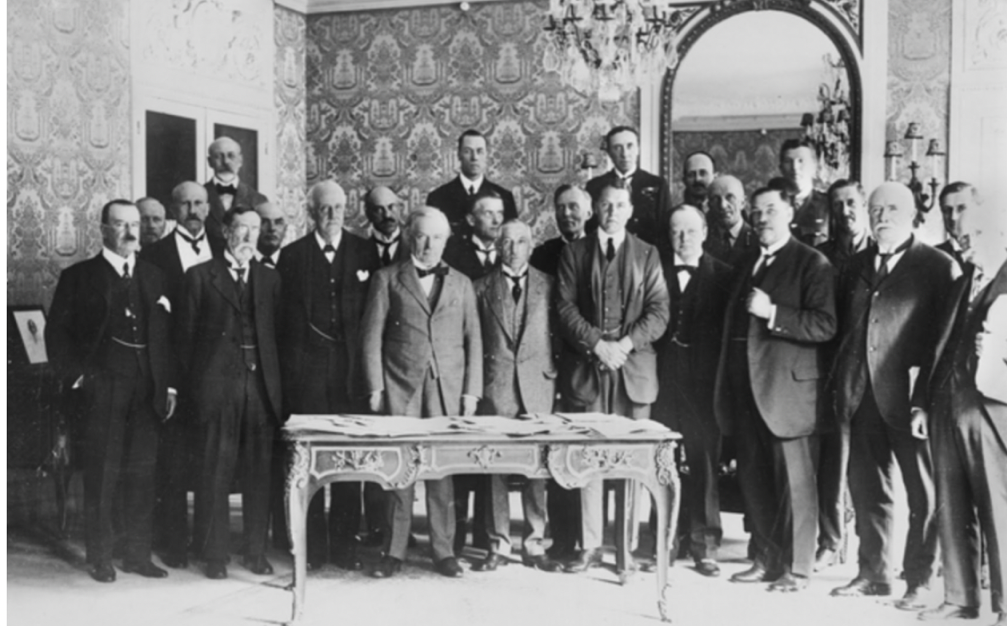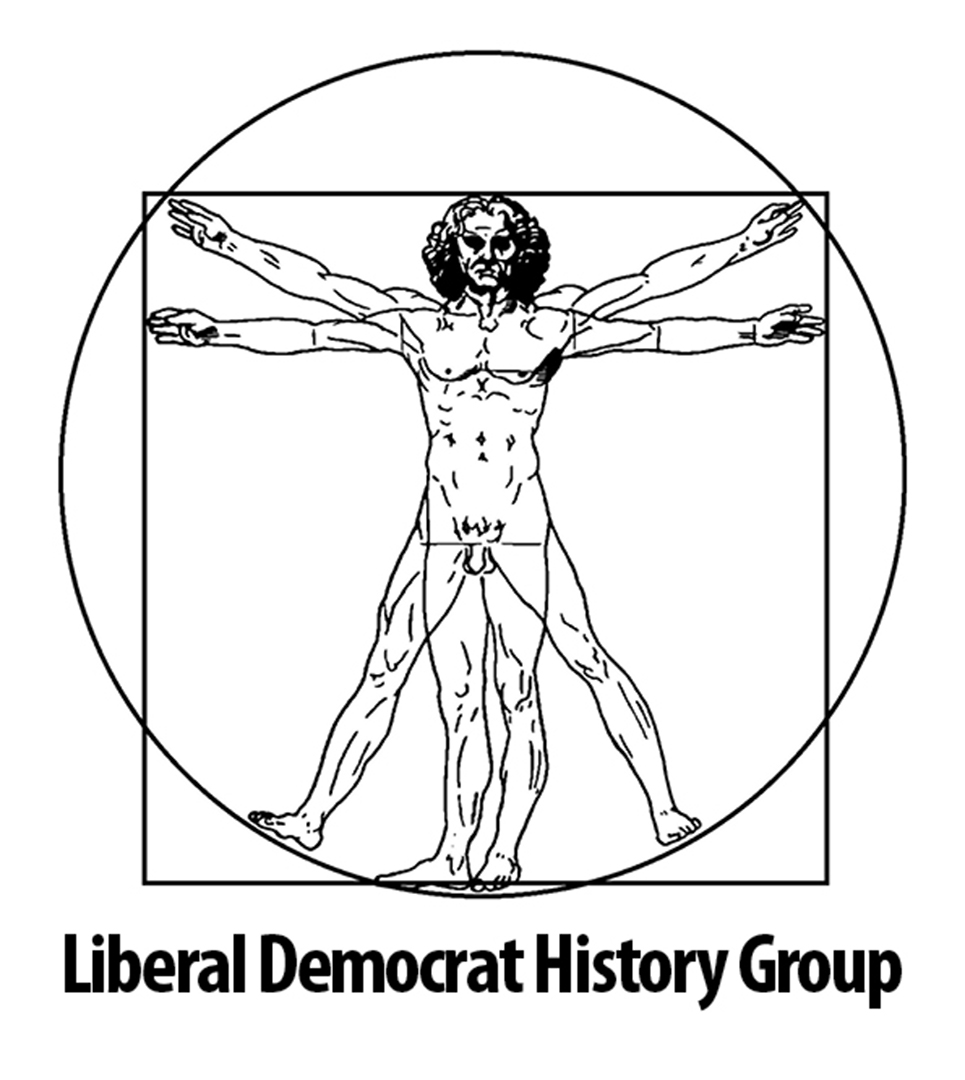The Liberals gained in the counties though the unexpected offsetting losses in urban seats resulted in a House of Commons of 86 Irish Nationalists, around 250 Conservatives and around 334 Liberals, not all of whom could be relied on to support the party whip.
The fine balance in the Commons put the issue of Irish government centre stage. Initially Gladstone hoped that the problem could be resolved by Salisbury with Liberal support and put out feelers through Arthur Balfour, Salisbury’s nephew.
However, Gladstone’s son, Herbert, undermined what little chance this strategy had of success. Fearing a coup for the leadership by the radical Joseph Chamberlain, he briefed a friendly journalist on his father’s conversion to Home Rule; a conversation which when, inevitably, leaked became known as the Harwarden Kite.
Once Salisbury knew that he had been outbid for Irish support, he made it known that a coercion bill would be introduced. In January 1886, the Liberals and Irish carried by 329:250 an amendment to the Queen’s speech based not on Irish policy but on a demand for Three Acres and a Cow, in an attempt to ensure continued radical support.
However 18 Liberals, who feared Gladstone’s bold approach to Ireland, voted against the motion and a further 51 abstained.
Gladstone’s third government was formed on the basis of examining whether it is or is not practicable to comply with the desire, widely prevalent in Ireland, . . . for the establishment by Statute of a Legislative Body, to sit in Dublin. . .
This apparently open inquiry was sufficient, temporarily, to attach Chamberlain and Trevelyan to the government.
But leading Whigs, Hartington, Selborne, Derby and Northbrook, saw the government’s direction as inevitable and could not be enticed to join. The Kite had undermined Gladstone’s alternative strategy of leading his party towards Home Rule a step at a time.
As always, Gladstone’s aims were conservative to preserve the ties of union by reducing the tensions between the two parts of the kingdom.
He had recognised that neither repression nor conciliation had dampened the Irish appetite for a repeal of the union with Britain but he had also recognised that Parnell’s party was essentially constitutional. A devolved parliament in Dublin dealing with local but not imperial matters would satisfy their demands for Home Rule and remove the principle obstruction to legislative progress in the British parliament.
To Gladstone’s opponents within the party, Home Rule was an unacceptable first step to casting off the ties of union, a large stride on a short road to Irish independence. The fissures opened by these crucial differences in vision were widened by the personal ambitions and misunderstandings of the protagonists Gladstone seeking to preserve his leadership, Hartington to secure his long delayed inheritance and Chamberlain to wrench the party in a Radical direction. Inevitably these compounding differences were exaggerated by manouevre and personality.
Between February and June 1886, Gladstone sought to find a Home Rule bill and an Irish land bill, which would hold the Liberal Party together. His speech winding up the debate on the Home Rule Bill on the night of June 7th/8th recognised the historic opportunity: This, if I understand it, is one of the golden moments of our history one of those opportunities which may come and may go, but which rarely return, or, if they return, return at long intervals, and under circumstances which no man can forecast. But his eloquence changed no minds; the bill was defeated by 341 to 311 with 94 Liberals voting against the government. The dissidents included both Hartington and Chamberlain, though in terms of numbers, Whig dissenters predominated. The Lords did not have the opportunity to vote on the Bill but the loss of Whig lords was probably of greater significance than Whig losses in the Commons as their wealth provided substantial party funding.
What was unusual was not that Liberal rebels had helped defeat a Liberal measure, that was how Gladstone’s previous governments had fallen, but what followed.
Rather than make way for a minority Conservative government, the cabinet called an immediate general election. Rather than wait for Gladstone’s retirement or other suitable opportunity to re-unite with former colleagues, Hartington and Chamberlain set up separate Liberal Unionist parties and, despite their domestic policy differences, agreed to co-operate, knowing that Salisbury had guaranteed not to put candidates in the dissidents seats.
The outcome of the election was inevitable. Caught by surprise and without the opportunity to replenish funds or choose fresh candidates, 219 seats were uncontested. The Conservatives gained 66 seats, the Irish Nationalists consolidated their position and 77 Liberal Unionists were returned. The Gladstonian Liberal party was reduced to 191. Geographically, the Liberal Unionists were strong in Devon, Cornwall, parts of Scotland (especially around Glasgow) and East Lancashire areas with a militant protestant tradition.
Chamberlain’s organisational skills retained a solid block of loyal unionist voters in the West Midlands.
Salisbury offered to serve under Hartington but a Conservative government sustained in office by Liberal Unionists was a more practical proposition. This arrangement survived a crisis at the end of 1886 when Lord Randolph Churchill resigned as Chancellor of the Exchequer and was replaced by the Liberal Unionist, George Goschen. The Churchill crisis occasioned the one serious attempt at Liberal re-unification. Gladstonians Harcourt and Morley held a round table conference with Chamberlain at the beginning of 1887. Hartington would not join the negotiations and they quickly foundered. Over the life of the Salisbury government a small number of unionists returned to the Liberal fold and the voting patterns of the remainder gradually coalesced around that of the Conservatives as the Liberal schism deepened.
By 1895 their leaders were ready to serve in a Conservative government though a separate party organisation was preserved into the twentieth century.
Over the life of the parliament, Gladstone converted his party to the merits of Home Rule. He was assisted by a foolish Conservative attempt to implicate Parnell in terrorist activities and hindered by the moral shock of the divorce case that revealed Katherine OShea to be Parnell’s mistress. As the national press became more unionist so did the need for Liberals to organise their own propaganda and respond to increasing competition from both the Conservatives and Liberal Unionists by a wide ranging extension of its extra-parliamentary organisation.
The Liberals ended the 1892 election campaign as the largest party but with only 274 MPs (including 4 Labour) against 268 Conservatives, 47 Liberal Unionists and 81 Irish Nationalists. Gladstone formed his fourth and final government reliant on Irish support. Inevitably, a second Home Rule Bill followed, differing in detail from the first, and equally inevitably it foundered in the House of Lords. While Gladstone was ready for a fight with the Lords, his colleagues lacked that appetite and shortly afterwards Gladstone found himself outmanoeuvred in cabinet by advocates of higher naval spending. In March 1894, 60 years after first accepting ministerial office he resigned. He died in 1898 without achieving Home Rule.
His successor, Lord Rosebery, recognised the improbability of passing Home Rule without British assent and the Liberals played down the policy until, in 1910, a hung parliament reliant on Irish support brought the policy to the foreground again. The Irish outside Ulster achieved effective independence in 1922 after a prolonged guerrilla campaign. Only Ulster, its most vehement opponent, was granted Home Rule.
Tony Little is a pension fund manager and has been a student of Victorian politics for more than thirty years. He is Chairman of the Liberal History Group.

Journal of Liberal History
For the discussion and research of Liberal, Liberal Democrat and SDP history
Developed and hosted by Prater Raines
